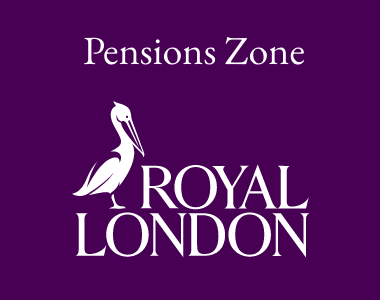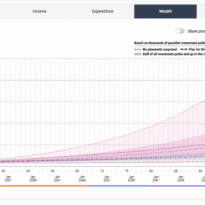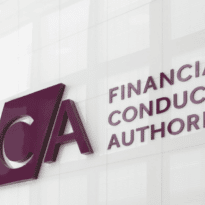Hargreaves Lansdown has put forward a three-point plan to improve Lifetime ISAs and make them more appealing to the self-employed.
In January, the Treasury Committee launched a review of LISAs to explore if the product is still fit for purpose eight years after it was first launched.
In response to the review, Hargreaves Lansdown has called for the Government to make a number of changes, which it believes will make LISAs a “compelling prospect” for self-employed savers.
Firstly, the investment platform said the Treasury should increase the age at which a person can open a LISA. Currently, they can only be opened below the age of 40 and contributions can only be made up until the age of 50.
Hargreaves Lansdown estimates that enabling people to open and pay into a LISA until the age of 55 could affect 680,000 households with a self-employed worker who pays the basic rate of tax.
Anne Fairweather, head of government affairs and public policy at Hargreaves Lansdown, said: “It would really help those who become self-employed later in life as well as employed people who may have maxed out their employer contributions in their workplace pension and are looking for further opportunities to build their retirement pot. An extra five years saving £4,000 a year plus the Government bonus would add £33,500 to savers’ LISA pots at age 60.”
Hargreaves Lansdown said the Government should also reduce the early exit penalty from 25% to 20%. It estimates that the reduction of this penalty could benefit 540,000 households aged between 18 and 39 with a self-employed worker who pays the basic rate of tax and would remove a significant hurdle to saving.
Finally, Hargreaves Lansdown has called upon the Treasury Committee to increase the value of a home that can be bought beyond £450,000. The threshold has not been changed since LISAs were launched in 2017, while the average house price in England has jumped by 28% during that time.
Fairweather said: “The LISA is best known for boosting saving for first time buyers. Boosting the retirement prospects of the self-employed is a major issue to tackle which the LISA can also help solve. This is a group that is under-served by the pensions market. Added to this, volatile working patterns can make them reluctant to tie money up in a pension until the age of 55. This means the self-employed have fallen behind with later life saving.”
According to Hargreaves Lansdown, just 21% of self-employed households are on track for a moderate retirement income, compared to 43% of employed households.
Fairweather added: “The LISA enables people to save up to £4,000 per year and receive a 25% government top up. This provides a comparable incentive as basic rate tax relief on a pension. Added to this, money can be accessed early if needed subject to an early access penalty. This gives much-needed flexibility and makes the LISA a compelling prospect for self-employed people paying basic rate tax.
“With reform the LISA will prove even more valuable. Increasing the age parameters would also enable more people to take advantage, especially those who become self-employed later in life. We estimate that around 1.2m self-employed households could be helped by such measures as well as enabling others to make use of the Lifetime ISA either in addition to, or instead of their SIPP.”
Main image: pawel-czerwinski-9Lw6YZjRmlk-unsplash































